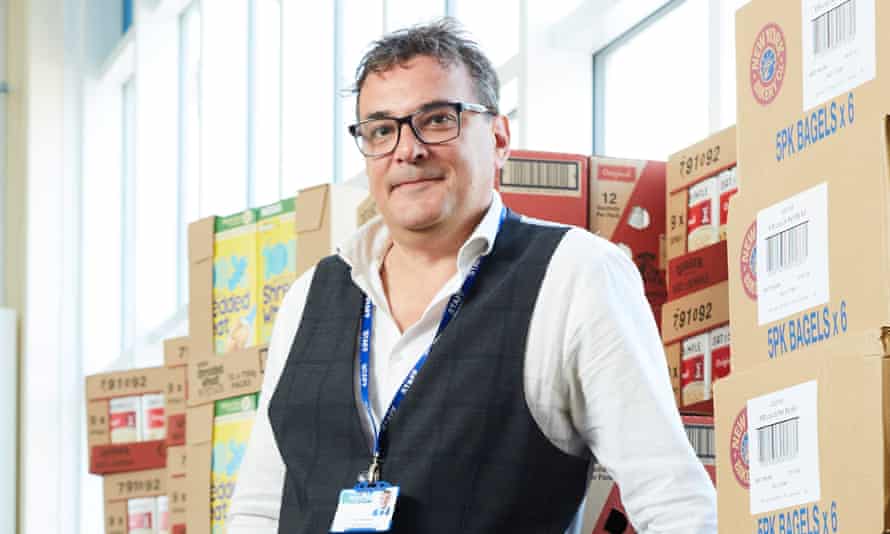By Rédaction Africanews
and Philippe Anatole Malong
CAMEROON
Cameroon hosted the very first convention of African clowns on Wednesday and Thursday.
It is in the French cultural institute of Douala that young and old alike gathered to watch comedians, clowns, jugglers and other performers. William Nong, is one of the instigators of the convention. After spending 15 years abroad he decided to return in his home country: "The person who first initiated me to clowning was a woman, Yeto Lougou. She’s a school head in the French city of Nantes. In retrospect, when I looked at my continent, I decided to promote the figure of the clown in Africa and more precisely in my home country Cameroon. Today there are two challenges one lies with timing another one with financing issues and there are also mentoring issues. That explains why many don’t know about clowns nowadays. Back in the day people knew about buffoonery and other clownish acts but it has faded away."
In order to revive this art throughout the country, many step up. Chamberlain Feumba also known as Féfé le clown is one of those who try to instil within the youth the love for the performing art he discovered twenty years ago.
"I am Féfé the clown and was taught clown classes by a foreign theatre company when they arrived in Cameroon. It is thanks to this training that I become a clown."
If there are no circus in the country, Féfé the clown works to train the next generation here in Douala. "I mostly work in schools and my primary audience is made up of children. So I achieve my teaching objective here in schools. Every time an opportunity comes my way I agree with the schools on a contract and I give 1-hour classes. At the end of the school year the children perform and they can show their parents all they have learned."
In Cameroon there is only a handful of clowns companies. If circus is popular elsewhere, the art of performing hasn’t won his spurs in Cameroon just yet. Clowns like Féfé do their best to make that happen.












